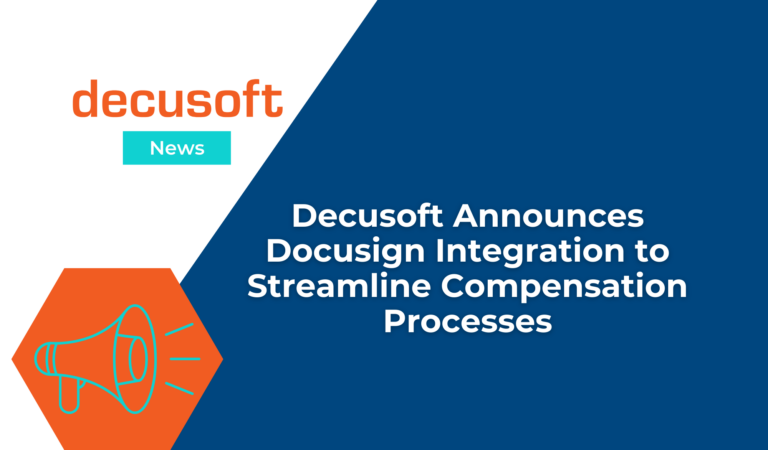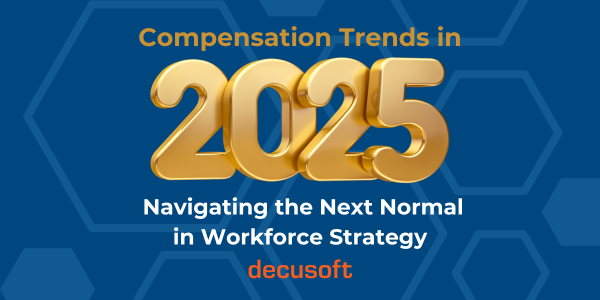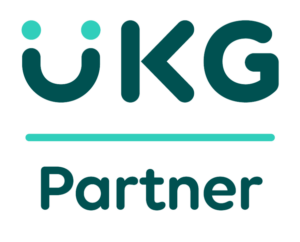Since the second half of 2022, there has been a clear downturn in the overall market. The dust has started to settle on the economic impact of Covid and the resulting outcomes such as remote work, resignations, hiring surges, increased salaries, increased costs, etc.
2023 has emerged with a clear “tightening of the belt” across the board. Organizations are being conservative and cautious while trying to keep pace with the downturn in the market. While there is most likely some correction and possible overreaction, there is no avoiding the impact these cuts are having on the organization.
How do you survive the lean times? Or better yet, is it an opportunity?
As an HR leader, you have both the direct responsibility to adhere to the company line and to be fiscally responsible like every other department. But you also are in a unique position because your department’s actions affect the entire workforce. So, how can you not only survive in these difficult times but rather help the entire organization THRIVE and come out better than when you started?
There are 3 different tracks that we feel can impact how well you deal with the current climate.
Talent Management
This isn’t a novel concept, but it takes on a different look under the circumstances. It is vital to have a strong hold on a few different elements here. Firstly, you need to keep everyone at least engaged. Over-communication is not a bad way to start. If everyone is starting to feel the pinch, you want to stay ahead of the game and be as transparent as reasonably possible. You don’t want the wrong people pre-emptively jumping ship.
This brings us to the next point, regardless of the status of cuts or hiring freezes, you need to have a strong grasp on where your staff fits. Who are the rockstars? Who is doing well? And frankly, who needs to be first in line to go? With that established, you want to put yourself in a position to retain the staff you can’t afford to lose. The absolute worst-case scenario is making cuts and then having the high-performers resign leaving you rudder-less. If you must, set aside funds for them to get pay boosts, give them a promotion, or put together a long-term incentive plan that keeps them motivated, do it.
Lastly, you are more than likely working on improving your pay equity or DEI program already and you need to incorporate this into the evaluation. Make sure you are keeping and incentivizing the right mix of people to stay and get promoted. This will also help with overall morale and engagement.
Digital Transformation
As a compensation software company, digital transformation is our favorite way to deal with staffing pressure. Digital transformation has been an important topic, but one of the issues is that it often gets put on the back burner. Whether it’s because your organization is dealing with something more pressing, or the initiative lacks overall direction, or in this case if it is seen as an unnecessary expense.
But as the old saying goes, “penny wise, pound foolish”.
Targeted digital initiatives during periods of cutbacks can help you achieve more with less and more importantly you can emerge on the other side, better off. Automation and streamlining of processes are vital as we work through hybrid and work-from-home models. With too many antiquated processes you are running a “key person” risk of firing or losing the one or few people who know how something works.
HR departments have often found themselves at the bottom of the list for technology overhauls. This is usually because most of your work is seen as internal and not necessarily related to revenue. But in this unprecedented time, upgrading and streamlining your projects may be some of the most important opportunities for your organization.
Given our experience in compensation and people data analytics, it makes the most sense to use this example. If you are a company using Excel to administer your compensation or to analyze your people data, think about the drain on the organization and the missed opportunities.
Putting aside the security risks for now, there are still two big factors that can’t be ignored. First is the human element. In a modern organization, it just isn’t prudent to have something as important as compensation administration being run on something that was created manually. You have one to a couple of people that built those “systems” and for the most part, that information resides in them. If they were to be laid off or leave proactively, you are really setting yourself up for a huge setback or a collapse of your process. This needs to be automated.
The most important factor, and this can apply to other automation initiatives in HR, is the time and resources committed to a process that shouldn’t require it. Think about it, how long is the comp cycle? Do you pay out multiple times a year? How much effort is required to create, distribute, and collect these spreadsheets? How long are managers outside your group working on these?
Transforming this process alone can save HR 60-70% of the time they spend on compensation cycles. What can your team do with that additional time? You can be using that time to analyze the data more thoroughly, make recommendations, work on budgeting scenarios, prep for potential changes throughout the year and the list goes on. Even if your situation is more dire and you have lost or will lose personnel, automating the process can mean you can still produce with less and keep things running smoothly.
Plan Ahead
Lastly, this may seem like a given, but what do we mean? Specifically, you need to have multiple models and plans that hinge on bigger cuts along the way or (hopefully) a rebound and how you ramp back up. Determining the best, first new hires on the other side. Figuring out what roles don’t need to be replaced, etc.
The keys here are to stay informed. If you had to make cuts, measure the effects of the cuts. If you added software or personnel, measure those effects as well. We all know that we continue to navigate uncharted waters, but there will be an uptick at some point. The key will be recognizing it and reacting appropriately. As mentioned earlier, as part of the Great Resignation, we are now realizing there was a kneejerk reaction from some companies to overhire and overpay and they are dealing with that now. You want to put your organization in a position where you come out of this lean and mean and poised to take advantage of growth potential.




